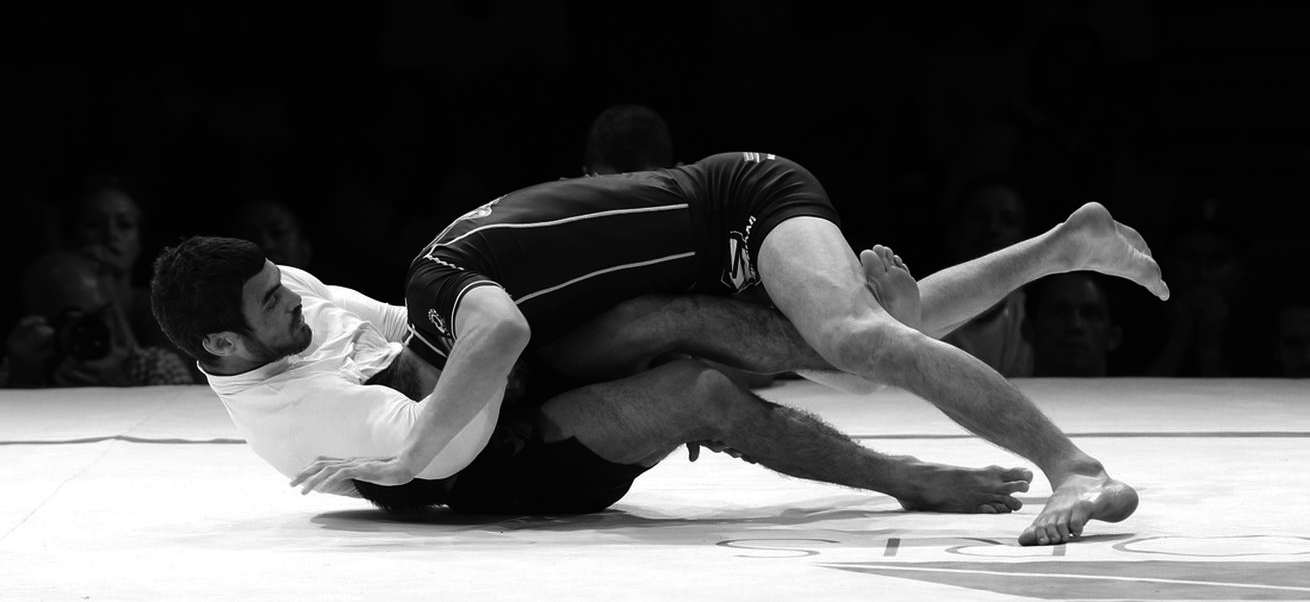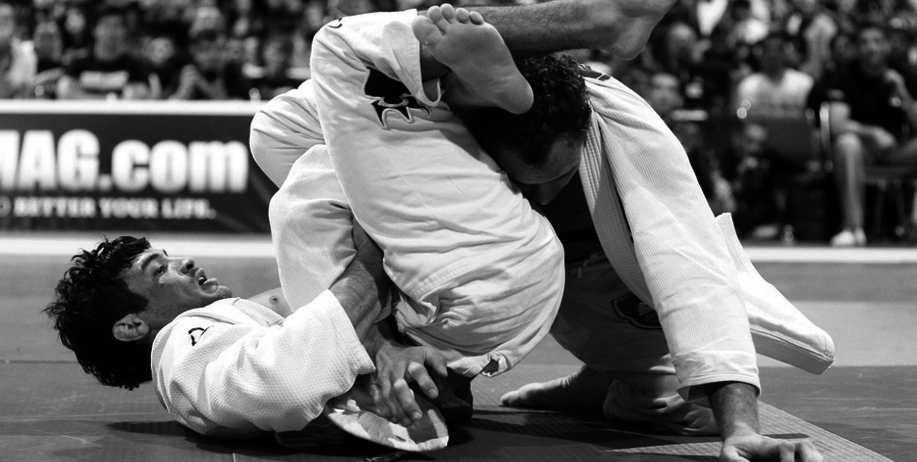Brazilian Jiu-Jitsu (BJJ) is a combat sport focusing on bringing your opponent to the ground as quickly as possible – through a takedown, throws or shoot – before following this up with ground combat. The target is to beat the opponent as quickly as possible. During this combat, different grips are used – such as armlock, strangleholds, and leglocks. A fighter who is stronger standing up loses his advantage when on the ground, and ground combat is used. Research and praxis have shown that 80% of the free fights end up on the ground. This is also the case at the most important Mixed Martial Arts (MMA) competitions. Most of the fights at these competitions are spent on the ground. It is therefore important to be able to master ground combat.

Brazilian Jiu-Jitsu Techniques
BJJ is a technique more adapted to the practical than the traditional Japanese Jiu-Jitsu. The idea behind both forms of combat is that a small or weaker person can defend his/herself against a stronger and bigger person using the right techniques and movements. BJJ is therefore a very skilled combat sport for people with lighter builds, especially women. BJJ can also be practised as a competitive sport, whereby it is differentiated into three disciplines: sport BJJ (with a traditional gi), grappling (without a gi, kicking and pushing are not allowed), and MMA (without a gi, everything is allowed). To the layman, BJJ looks like an uncoordinated bit of wrestling. But there really is a clear system in there, and the beginner learns to apply the different techniques in a structured manner. The positions are classified as standing, guards, side control, and mounts.
The training process is structured in three parts: warm-up, techniques, and sparring. The warm-up in BJJ consists of specific exercises that are designed to create better blood circulation within the muscles. Better circulation minimises the chance of injuries during training. The warm-up is followed by technique training. During this session, the movements and principles of BJJ are practiced with a partner. The last part of the training is sparring. Sparring is an important part of BJJ, where the learned exercises and principles are applied to a moving opponent.
Stand up
Street fights, competitions, and MMA fights – they all start with the stand position. The goal is to minimise the distance and to make sure the opponent cannot direct any effective kicks or punches at your body or head. Once the distance to your opponent is minimised, you can bring down your opponent to the ground with a takedown.
“The ground is like an ocean, I am the shark, and most people don’t even know how to swim”
Guard
In the guard position, you are lying on your back and you control your opponent with your legs. The goal is to unbalance your opponent and to submit or to move yourself into a better position. This is a versatile position where a number of submission holds and sweeps can be applied. The three types of guards are open, closed, and half guard. In the closed guard, your opponent’s body is locked in between your legs, and your ankles are crossed. In the open guard, the legs are not closed and there is more room to move and use them. In the half guard, the combatants each have one leg entangled.

Side control
In the side control, the opponent is controlled from the side of the body. The shoulders of the opponent are held on the ground with the weight of your body in order to change over to a lock or stranglehold.
Mount
In the mount, you sit on your opponent’s chest so that his or her body is controlled by the weight of your body. In order to control the opponent, the legs are crossed under the opponent’s back. The arms can be used to apply a lock or a stranglehold.
Back mount
The back mount is a version of the mount in which you sit on your opponent’s back. In this position, the legs are crossed under the opponent’s belly.
Submission holds
Submission holds can be put in two categories: manipulations and constrictions. Manipulations entail applying weight at a specific point on the body (shoulder, elbow, pulse, knee or ankle). In constrictions, the veins in the neck are compressed by the arms or legs.

